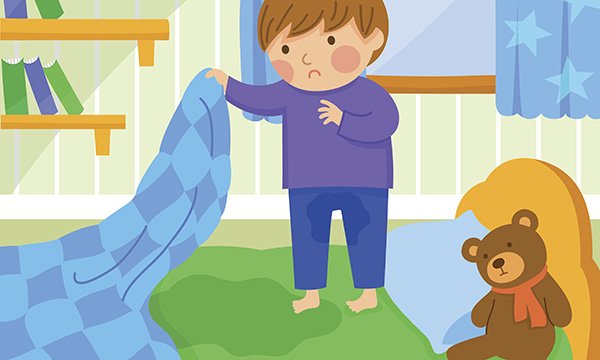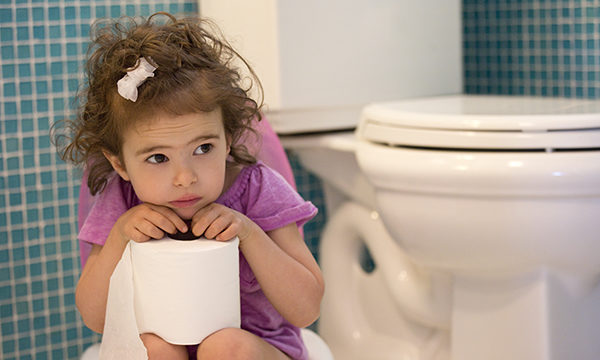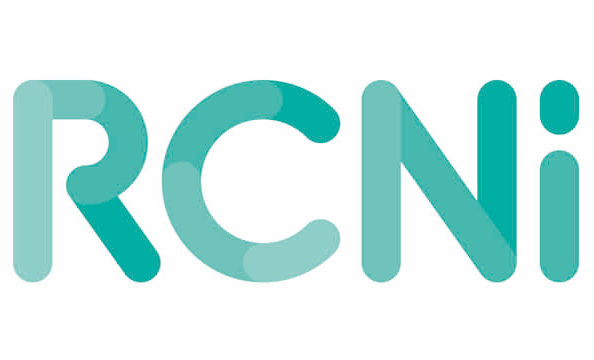Davina Richardson
The case for integrated children’s continence services
Why children’s continence services should be integrated and community-based
Assessment and treatment of nocturnal enuresis in children and young people
Nocturnal enuresis – or bed-wetting – is one of the most common chronic conditions of childhood. It has a significant effect on the quality of life of affected children and their families and is associated with several comorbidities, some of which resolve on successful treatment. The causes of this troublesome condition are explored and the principles of assessment and treatment are discussed with reference to National Institute for Health and Care Excellence guidance as well as research. Response to treatment resistance is considered and appropriate onward referral discussed.
Toilet training for children with autism
Toilet training is one of the key developmental milestones of early childhood and there is growing evidence that it is now being initiated later than it was 50 years ago. This article explores the reasons why this is happening and considers the effect on children with autism and related conditions. It also examines the literature to discover the approaches to toilet training for this group. Research into this area has generally focused on small numbers of children and incorporated modified versions of Azrin and Foxx’s ( 1971 ) rapid toilet training method. Suggestions are offered about the most appropriate advice to give parents and carers of children with autism and related disorders, and the importance of addressing toilet training at an early stage.



